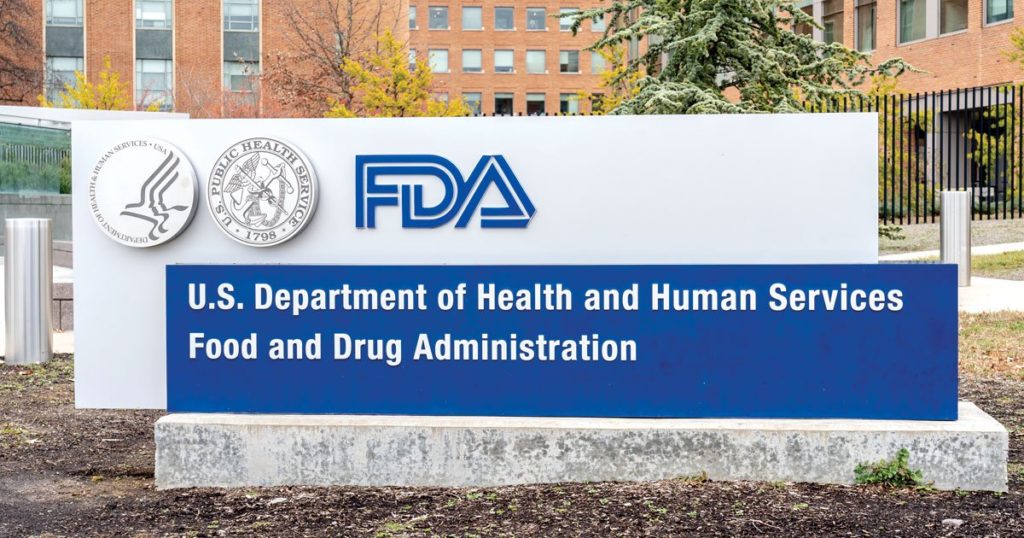For the US Food and Drug Administration (FDA), the new year brings along a new set of food safety tasks to tackle. The FDA’s Center for Food Safety and Applied Nutrition (CFSAN) and Office of Food Policy and Response (OFPR) recently released a list of draft and final guidance topics that are a priority for the agency’s Foods Program to complete in 2022.
The FDA anticipates it will publish many of these documents by the beginning of next year. The list of food safety tasks is an update on the guidance agenda released in June 2021 and focuses on the Level 1 draft and final guidelines, which include the agency’s initial interpretations of new significant regulatory requirements. It also lays out substantial changes in the agency’s earlier interpretation or policy and deals with complex scientific or highly controversial issues.
Related: Baby Food Safety Act of 2021: Why Didn’t FDA Regulate Heavy Metals Sooner?
The list includes 30 food safety tasks that fall into several categories, including allergens, cosmetics, dietary supplements, food additives, Food Safety Modernization Act (FSMA), labeling and nutrition. Although it covers a broad range of tasks, the agency made clear that it is neither bound by the list of topics, nor is it required to issue every guidance document on this list. Here are some notable food safety tasks:
- “Evaluating the Public Health Importance of Food Allergens Other Than the Major Food Allergens Defined in the Federal Food, Drug, and Cosmetic Act; Draft Guidance for FDA Staff and Stakeholders;
- Policy Regarding Certain New Dietary Ingredients and Dietary Supplements Subject to the Requirement for Pre-market Notifications;
- Foods Derived from Plants Produced Using Genome Editing;
- Foreign Supplier Verification Programs for Importers of Food for Humans and Animals; and
- Labeling of Plant-Based Alternatives to Animal-Derived Foods.”
The FDA released this list to provide continued transparency for industry players and consumers regarding its priorities. Guidance documents like this represent the agency’s current perspective on specific topics and the information can help stakeholders plan for potential changes that may impact their businesses and organizations.
Although the FDA’s intent is to publish all draft and final guidance topics on the list, modifications in plans may be needed to support emerging issues and Administration priorities. As such, the agency encourages the public to comment on the list of human food and cosmetic guidance topics, including suggestions for alternatives or recommendations on the topics the FDA is considering.
At the beginning of this year, Frank Yiannas, the FDA’s deputy commissioner for food policy and response, authored a summary of what the Foods Program achieved in 2021. Some of those achievements included publishing a proposed rule to establish revised standards for agricultural water to further strengthen the safety of produce and conducting remote regulatory assessments at a variety of establishments, including remote inspections of importers.
“In 2022, we will move forward on these achievements and others, including holding public meetings on the proposed revised agricultural water standards and releasing a final Food Traceability Rule,” Yiannas wrote. “We are exploring the best uses of artificial intelligence and considering the most effective ways to unleash the power of data, which is so critical to advancing food safety.”












Join or login to leave a comment
JOIN LOGIN